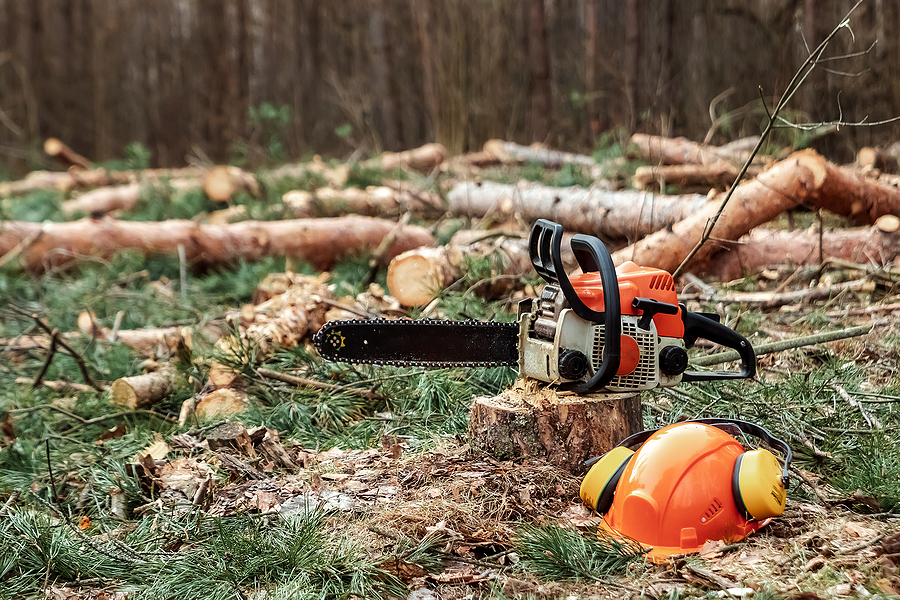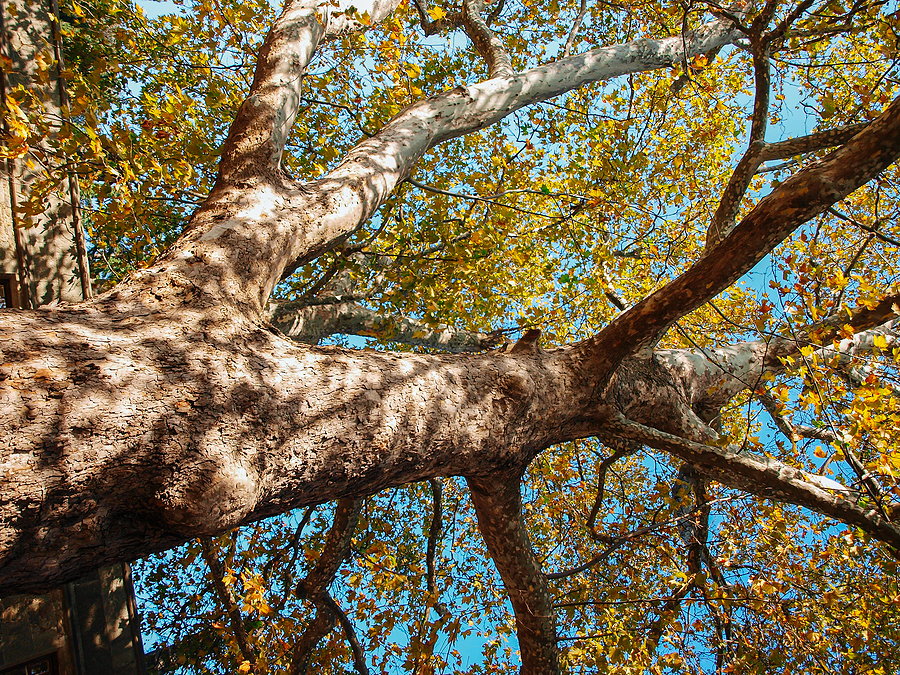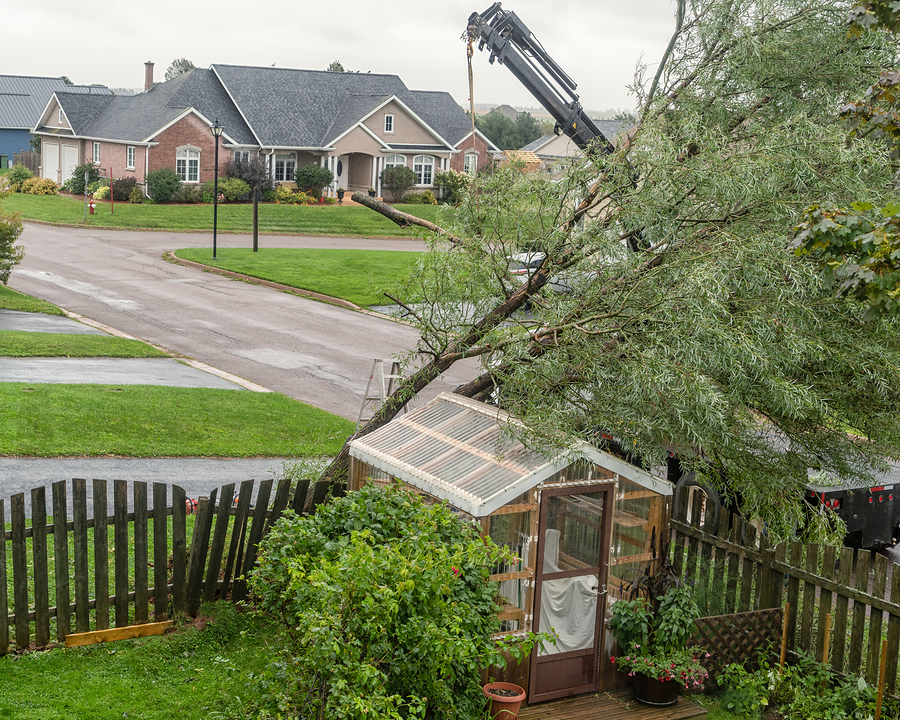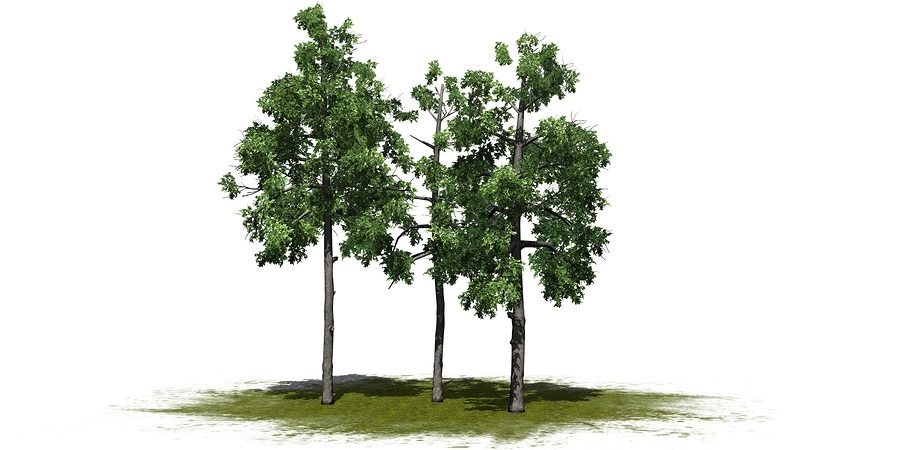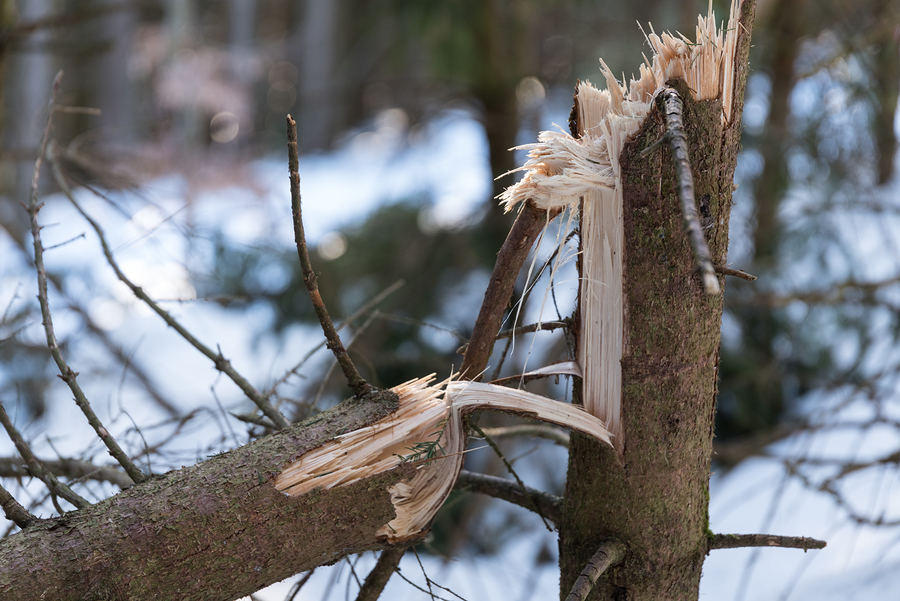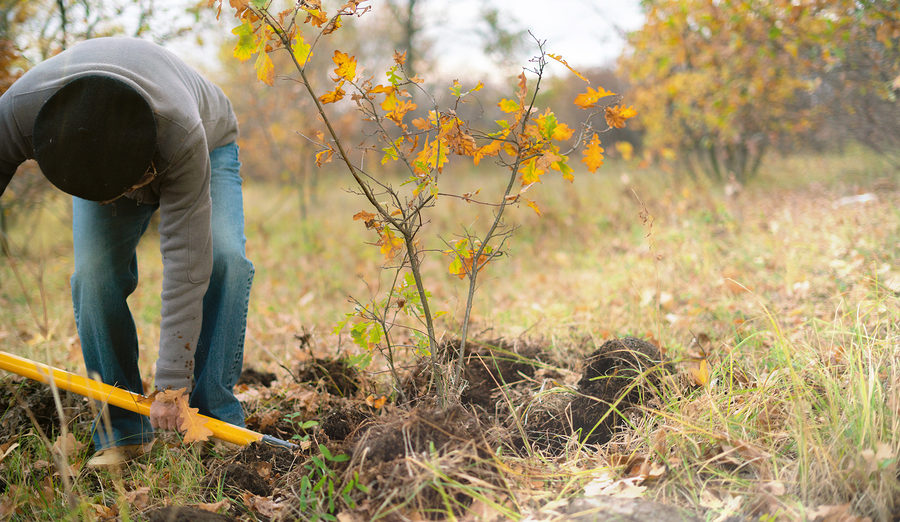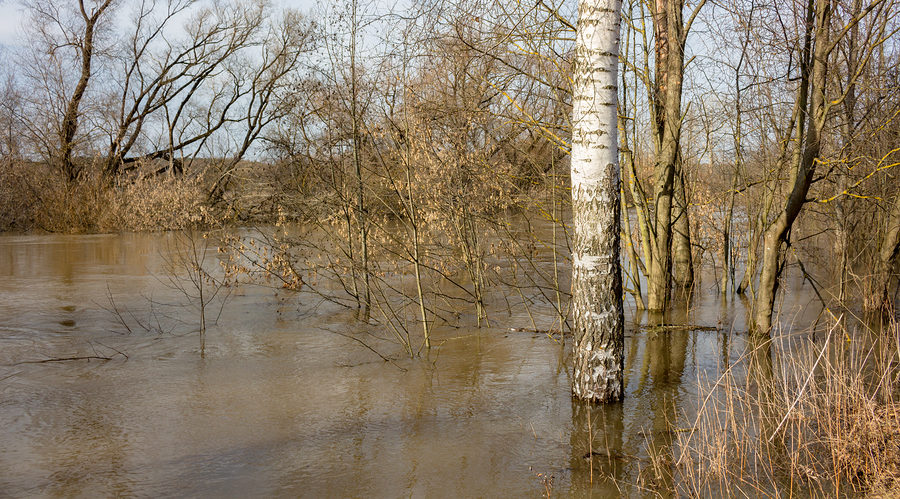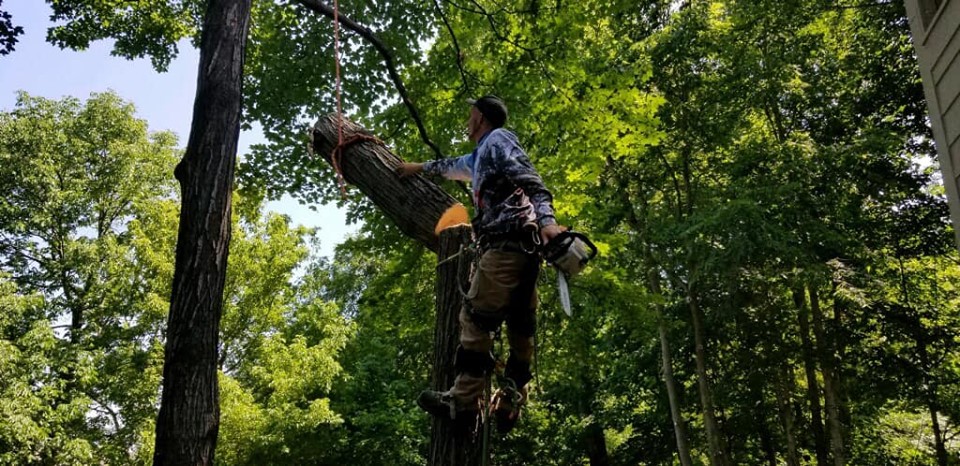The cost of tree removal in Indianapolis depends on a variety of circumstances and variables. When it comes to removing trees from residential or commercial property, prices can vary from place to place. A tree that needs to be cut down and taken away is a tree that is most likely posing some sort of threat to the surrounding environment. Let’s first take a look at common tree removal scenarios, and then explore the reasons behind tree removal prices and costs in the surrounding Indianapolis areas.
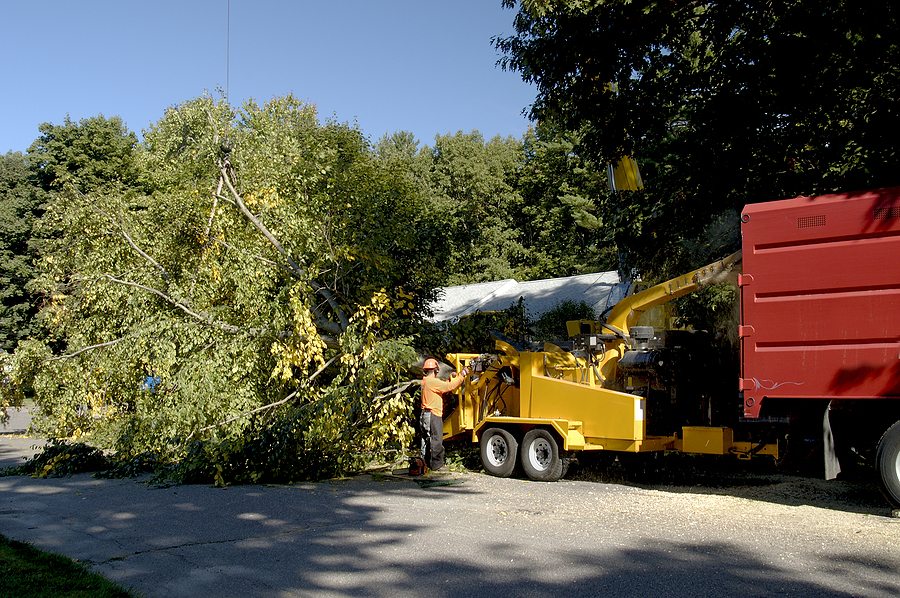
Why Hire a Professional For Tree Removal
There are a variety of conditions that call for professional tree removal and services. Cutting down trees can be dangerous without the right knowledge, experience, and equipment. Never attempt to remove trees in any of the following situations. Tree removal is needed when a tree is obstructing roadways and streets, if it is causing structural damage to a house or building, or of the tree is dead. All of these scenarios, and one’s similar, require professional tree service.
Variables That Influence the Total Cost of Tree Removal
The cost of tree removal depends on a variety of factors. Removing trees is a dangerous and risky job that requires excelled skilled and extensive experience. The cost of tree removal is determined upon this basis and more. The first factor to assess is the size of the tree. Obviously, larger trees will require more labor and time to remove. Some trees are so big; they need to be removed in sections, piece by piece, in order to protect the surrounding properties and environment. Along with size comes quantity. If lot clearing and land clearing are on the agenda, the costs will be much higher, in ratio to labor and time.
Another aspect that affects the total cost of tree removal is the location of the tree. If there are utility wires and other dangerous obstacles in the way of removing the tree, the cost will be adjusted to make up for this factor. Trees located along the road or in difficult areas will cost more to remove than a tree that is easily accessible in a park or backyard.
If a tree is dead, the cost for removal services will increase as well. A dead, dying, or diseased tree can cause a lot of issues for the landowner and the tree removal technician. The entire procedure for dead tree removal is much more complicated, therefor, more expensive. This is why it is important to have older trees inspected seasonally to avoid dying trees on your property.
Trusted Leaders in Indianapolis Tree Removal Service
Call Timberland Tree Care at 317-348-0811 for professional tree removal services in Indianapolis, Indiana and its surrounding counties. We are licensed and experienced tree care contractors who offer a wide range of professional-level tree service for both residential and commercial properties. Whether you need a tree removed, a stump ground, or an entire lot cleared, we are the trusted tree care contractors who can get the job done right the first time, and at a price you can afford. Request a free estimate, today.


